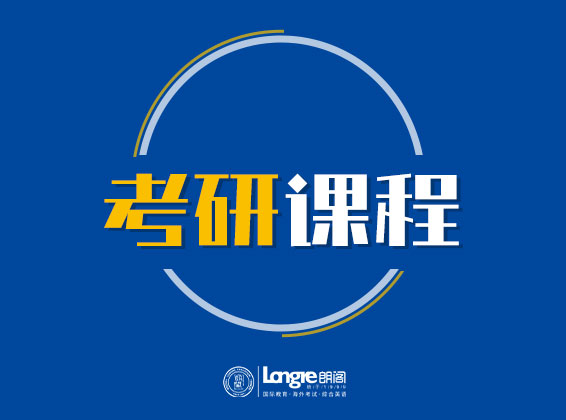|
介词后的动词必须用动名词形式: He left without paying his bill. 他没有付账就走了。 I apologize for not writing before. 我此前未能写信,谨表歉意。 She insisted on paying for herself. 她坚持要付她自己的那一份钱。 Before signing the contract,read the small print. 在签署合约以前,请详读小号字印出的内容。 还请注意某些名词+介词+动名词结构: There′s no point in taking your car if you can′t park. 如果那里不能停放车子的话,你开车去就没多大意思了。 What′s the point of taking your car if you can′t park? 如果无处停放车子,你开车去还有什么意思呢? Is there any chance/likelihood of his changing his mind? 他有可能改变主意吗? Have you any objection to changing your working hours? 你反不反对改变你的工作时洌? I am in favour of giving everyone a day off. 我赞同给大家放一天假。 B 介词后面必须带动词的动名词形式,这一规则的**例外是except和but(介词)。在它们后面带动词原形: I could do nothing except agree. 我除了同意,没有别的办法。 He did nothing but complain. 他只是抱怨,什么也不做。 但是如果but用做连词,即如果它引导从句,它的后面就可直接跟完整的不定式或动名词: Being idle sometimes is agreeable,but being idle all the time might become monotonous. 有时清闲无事是令人惬意的,但总是闲呆着就可能变得单调乏味了。 To be idle sometimes is agreeable,but to be idle all the time…(译文同上。) (责任编辑:sailor) |










